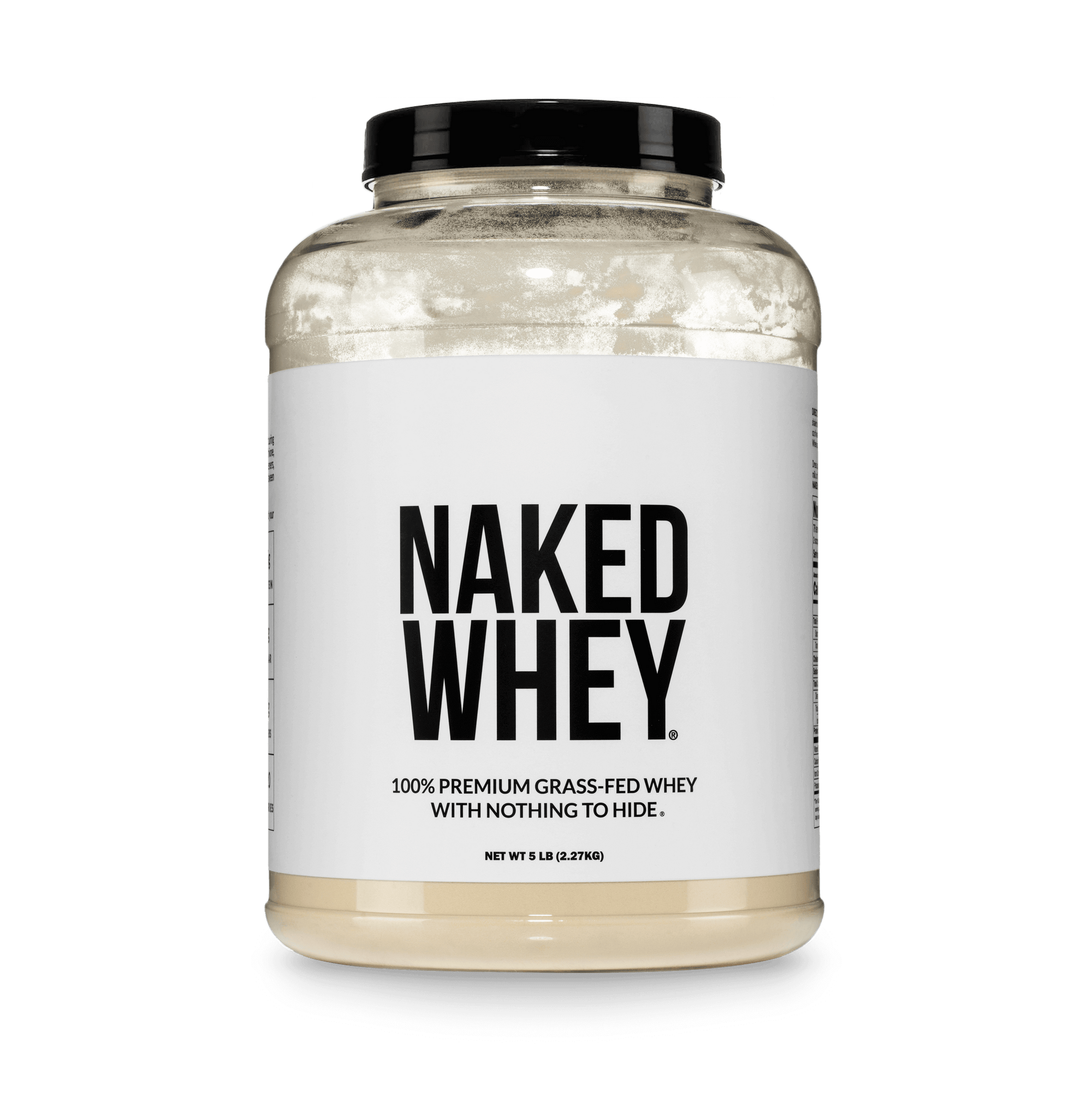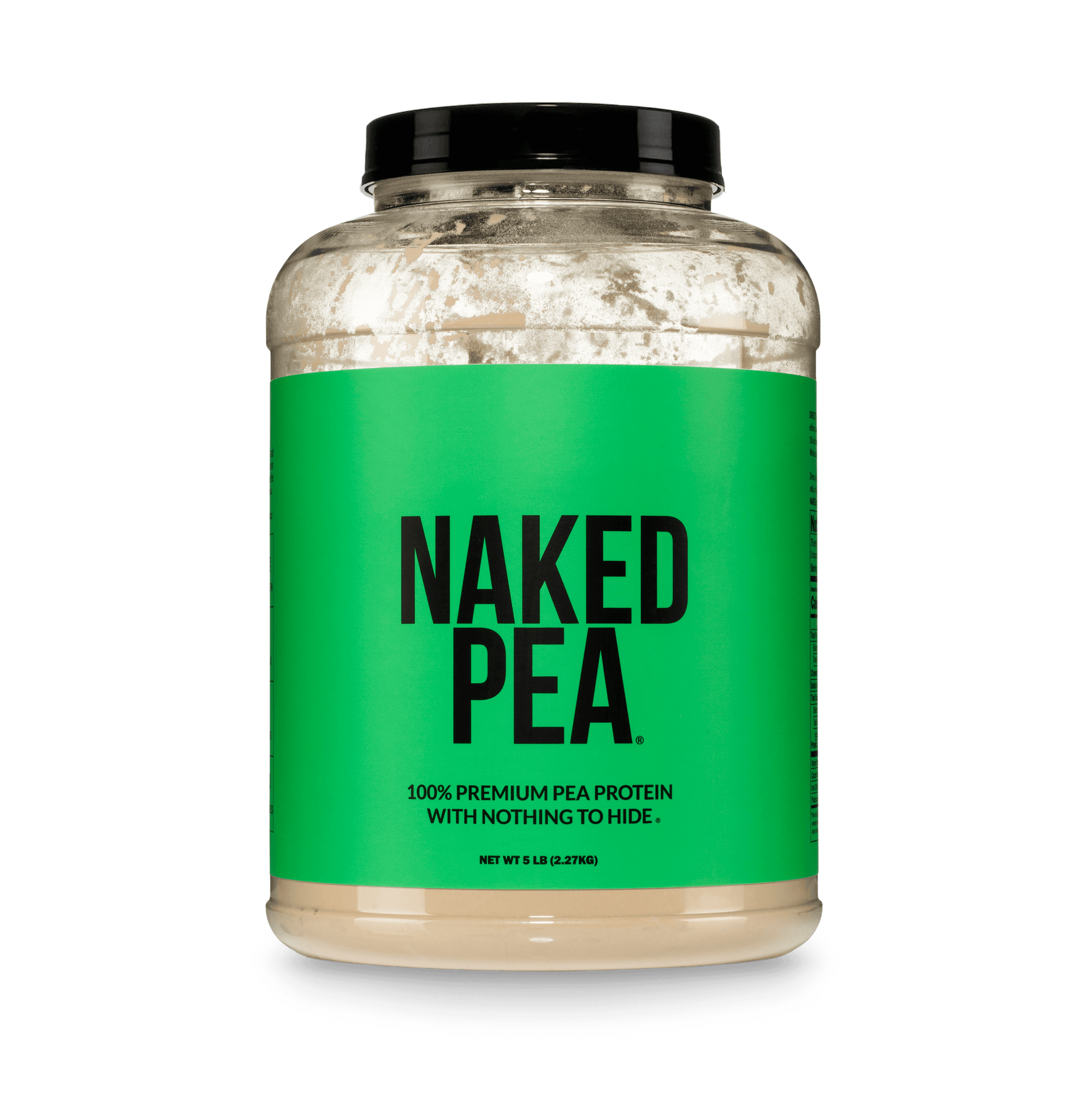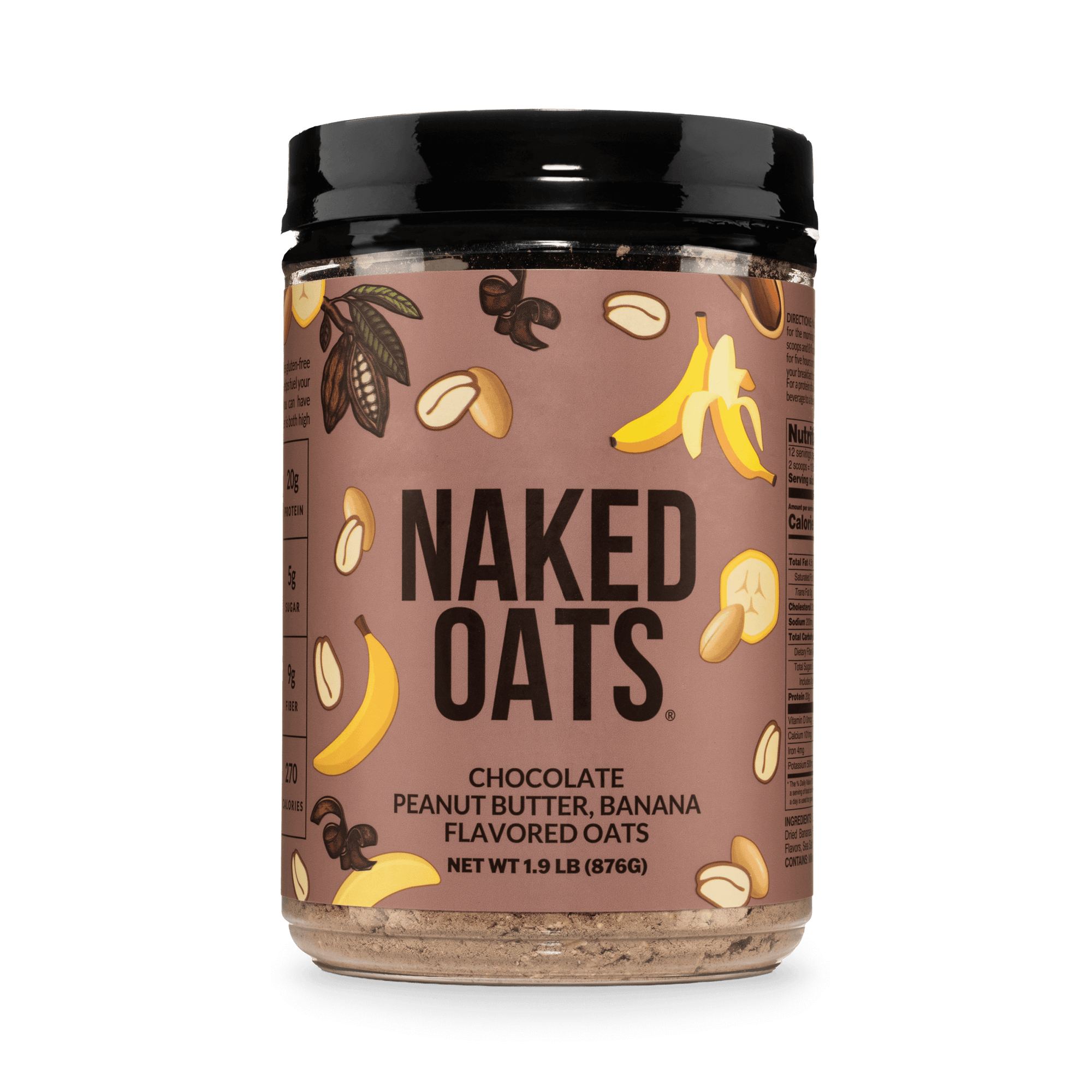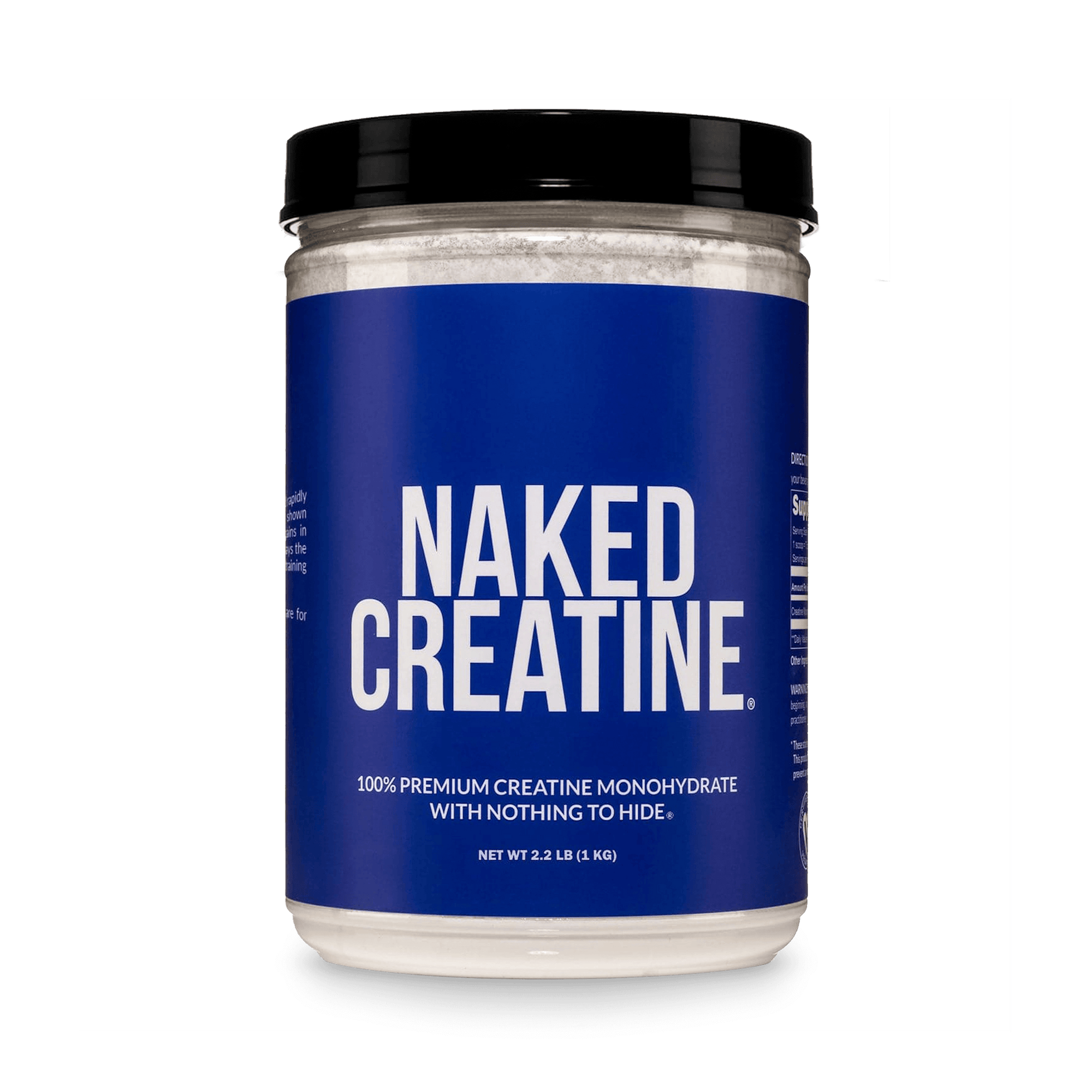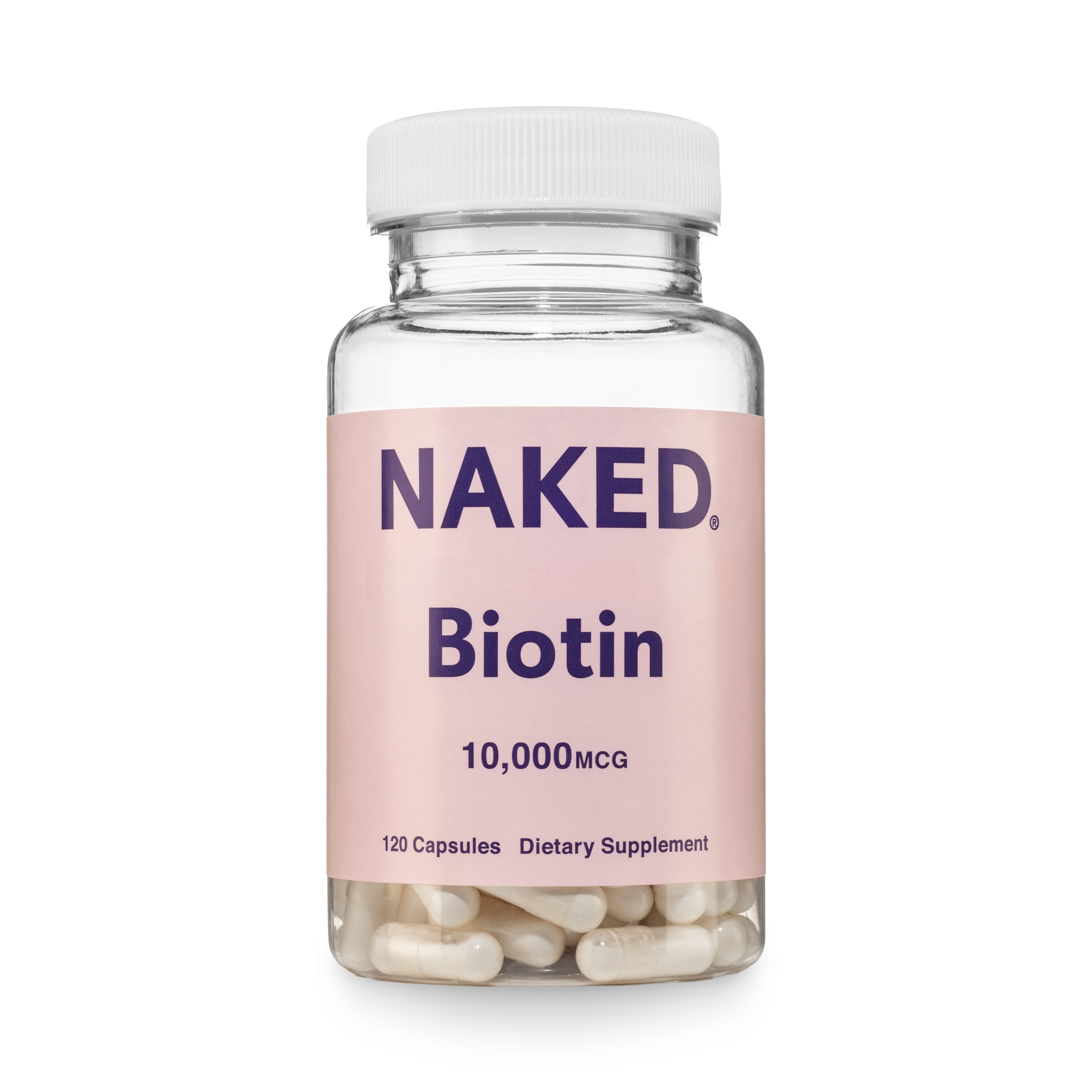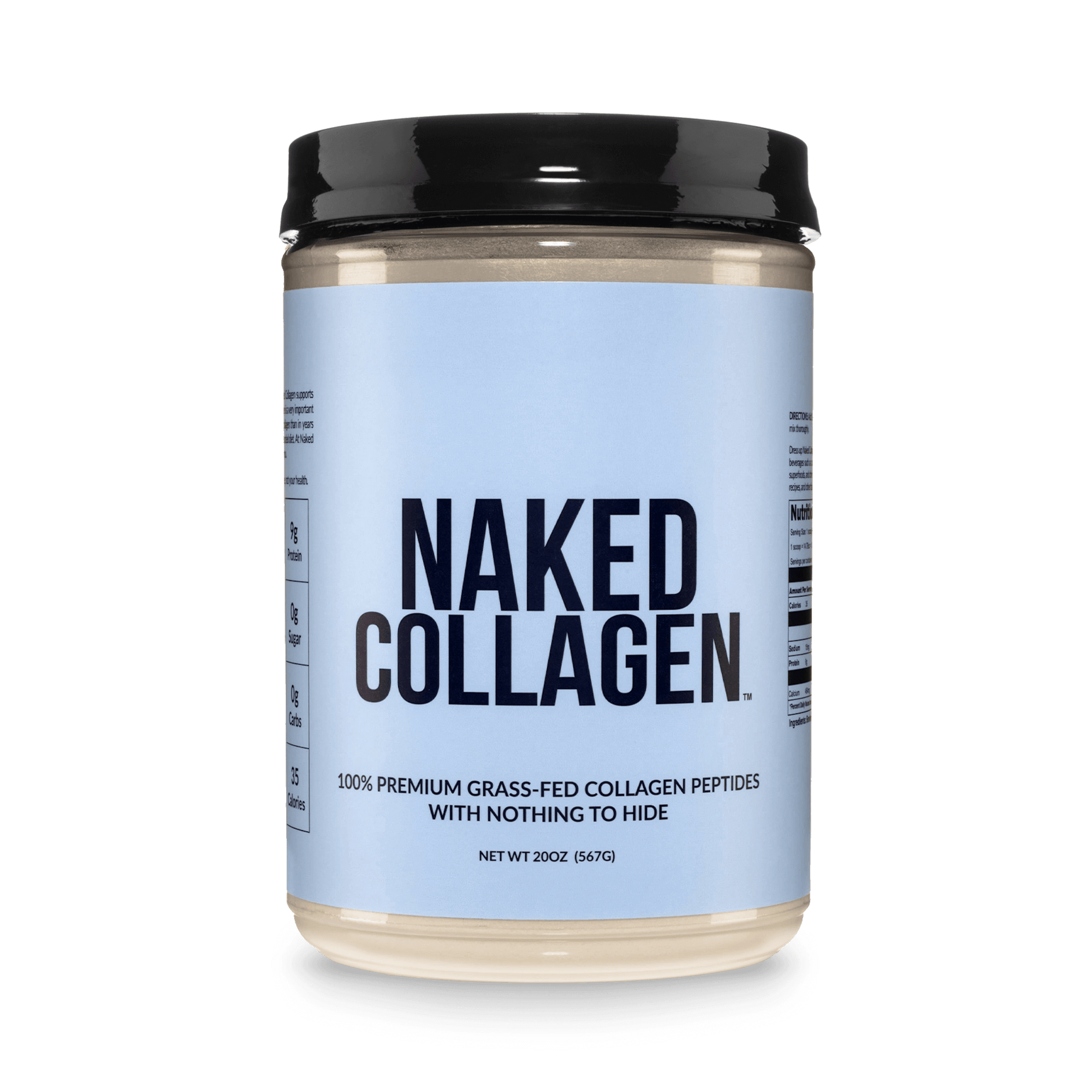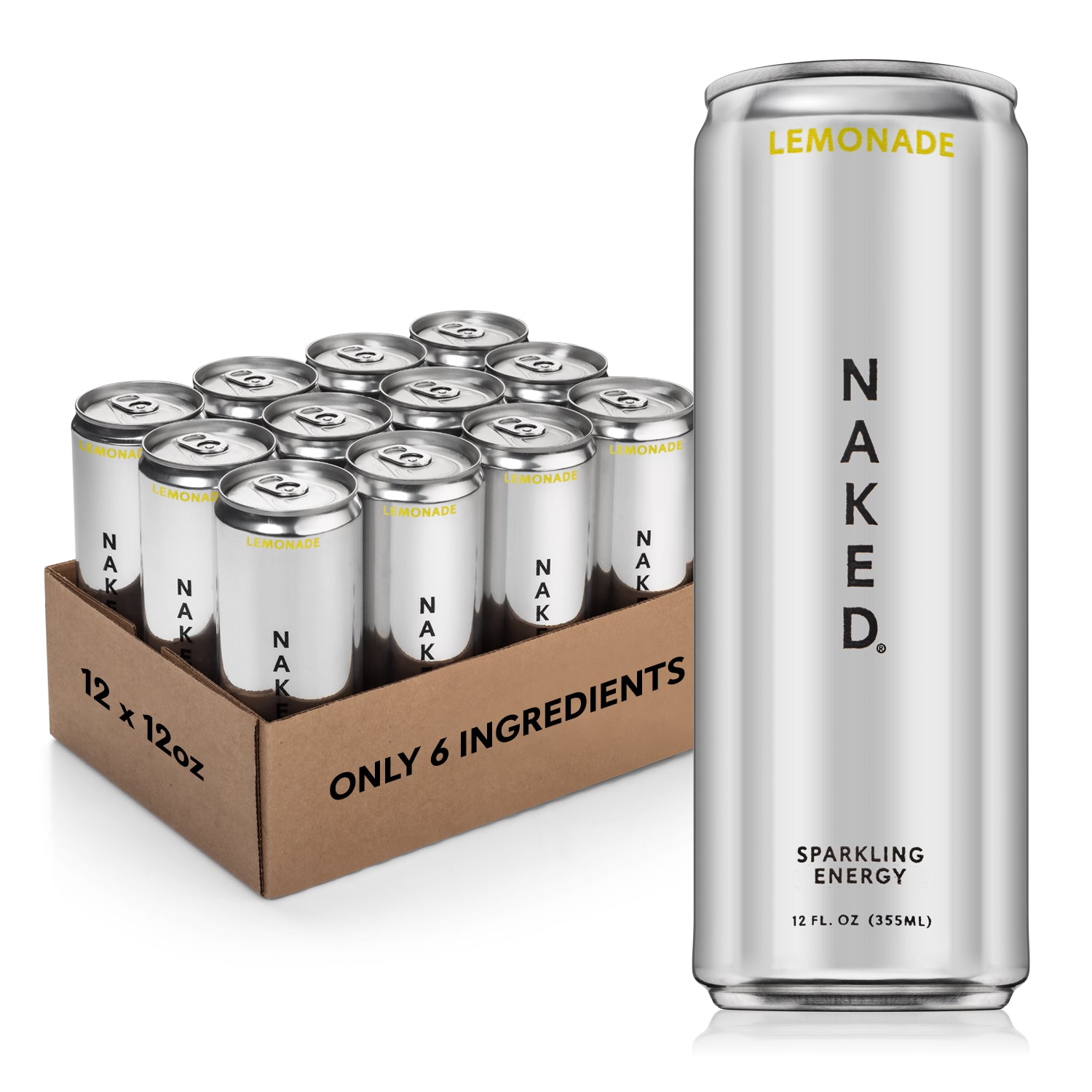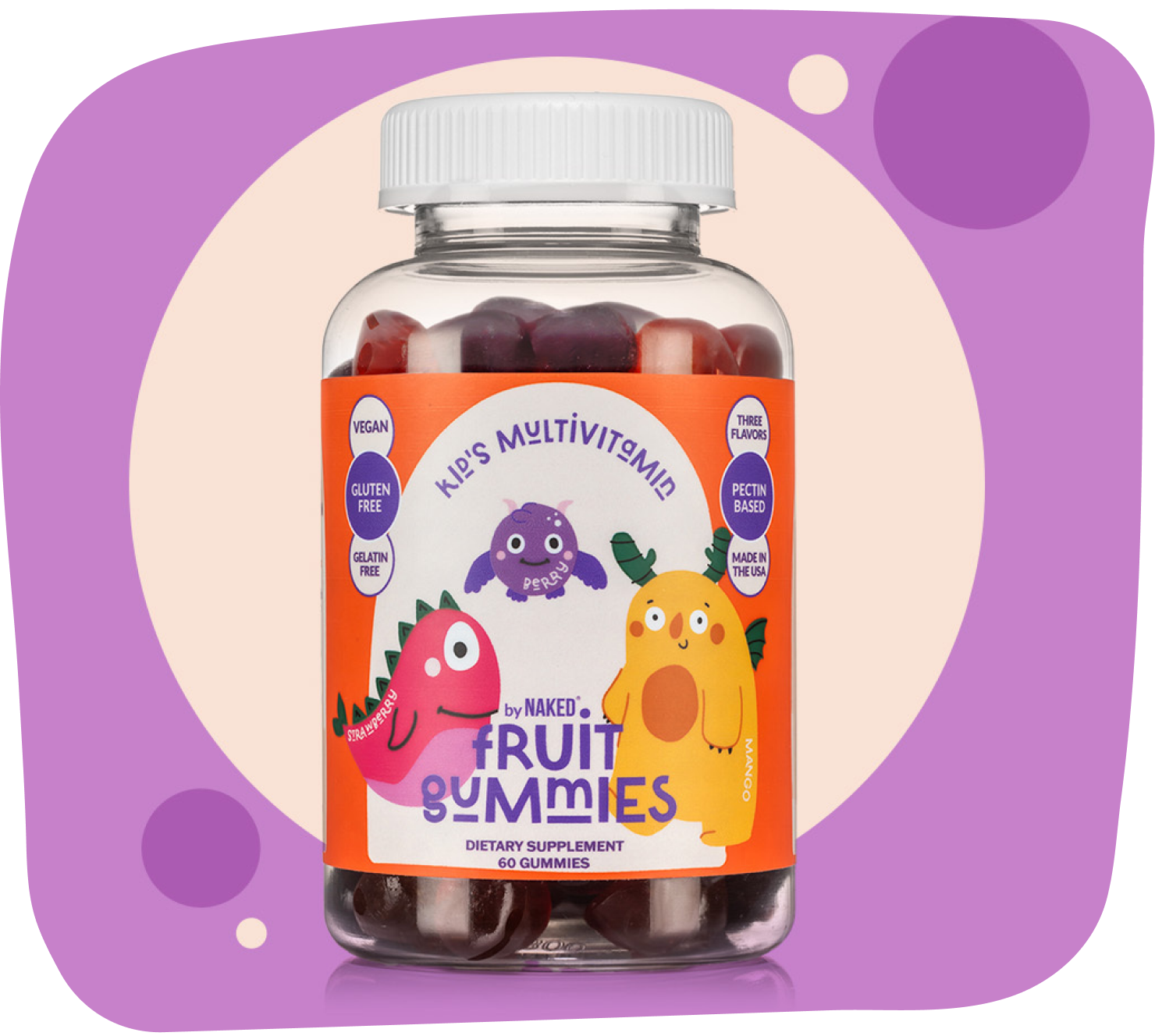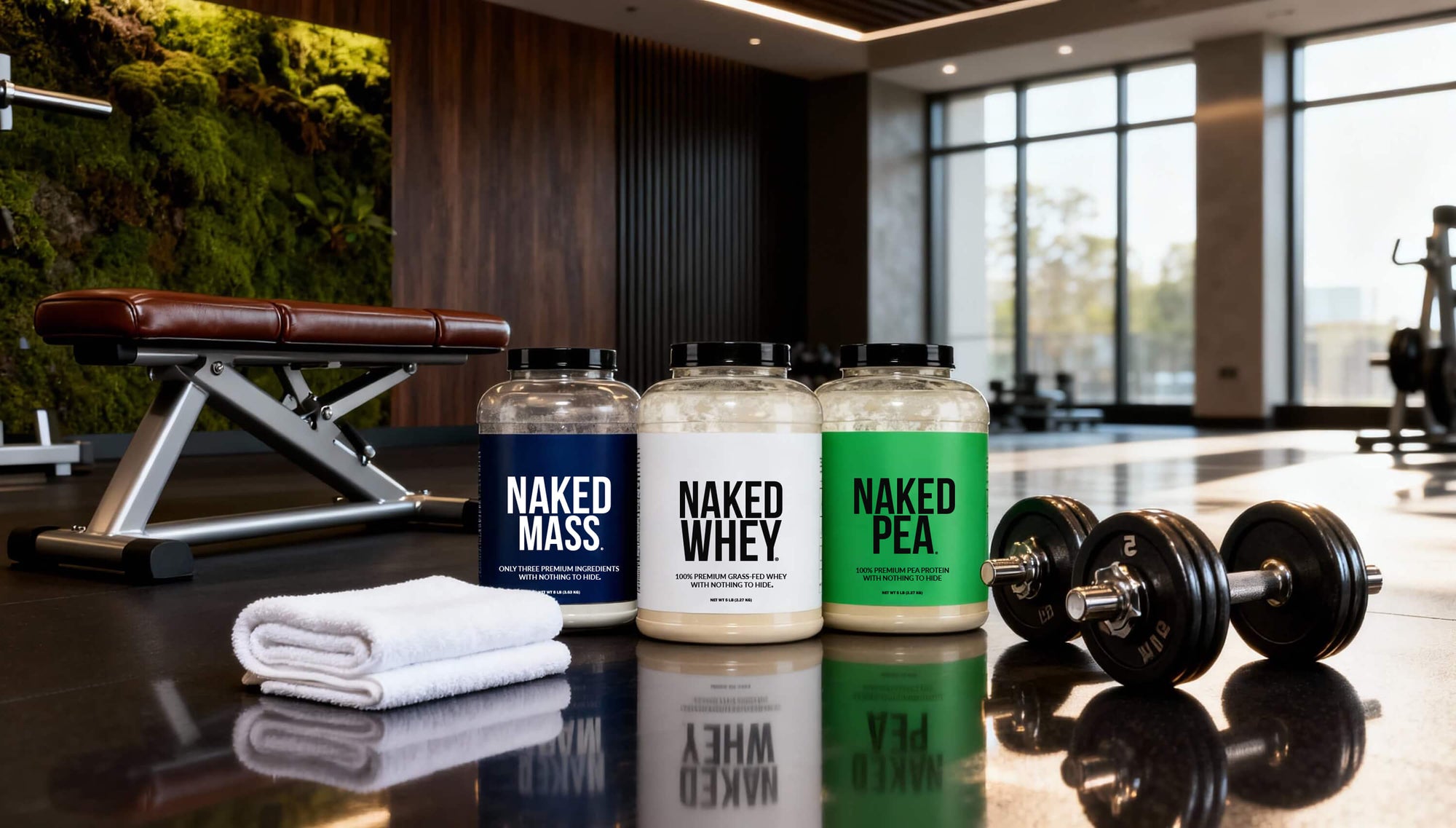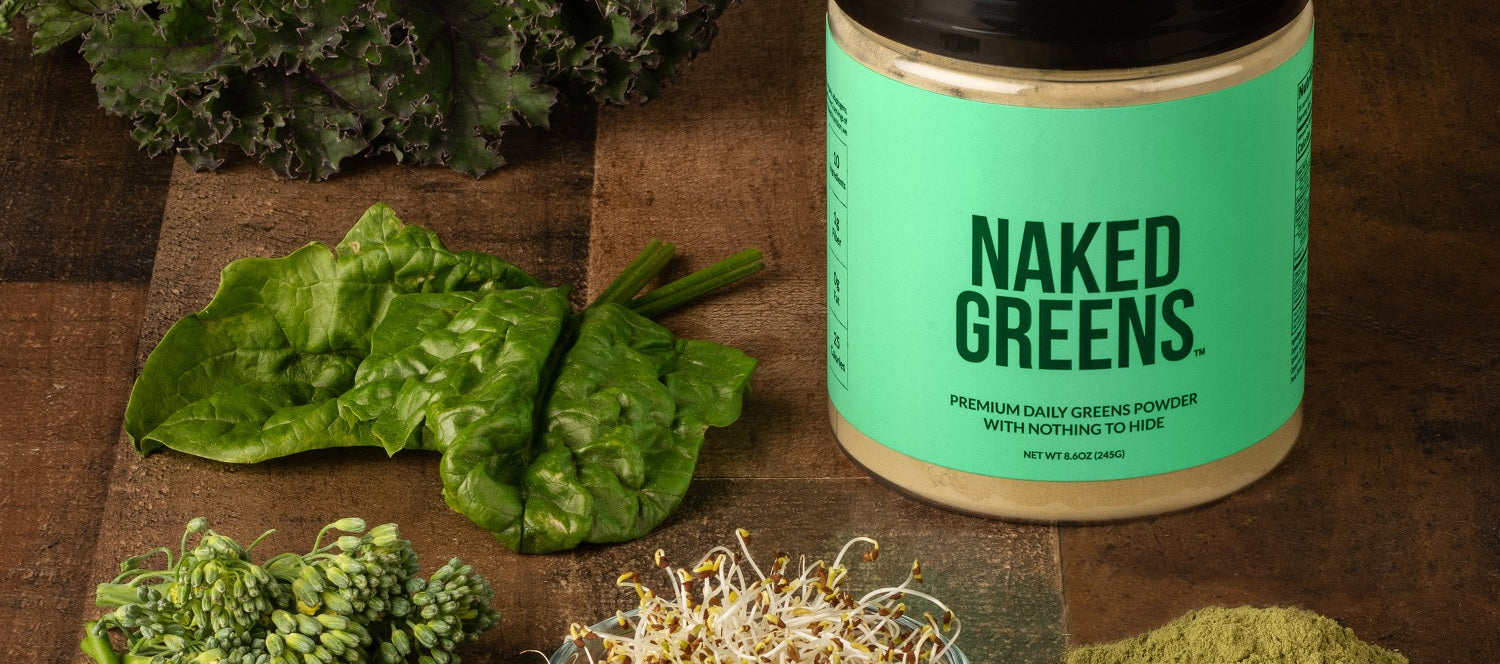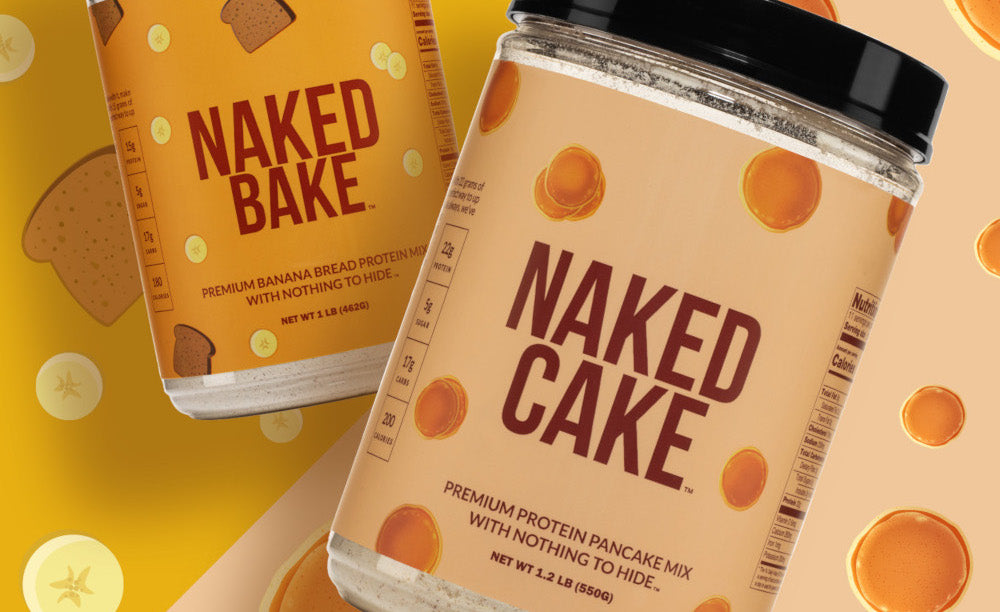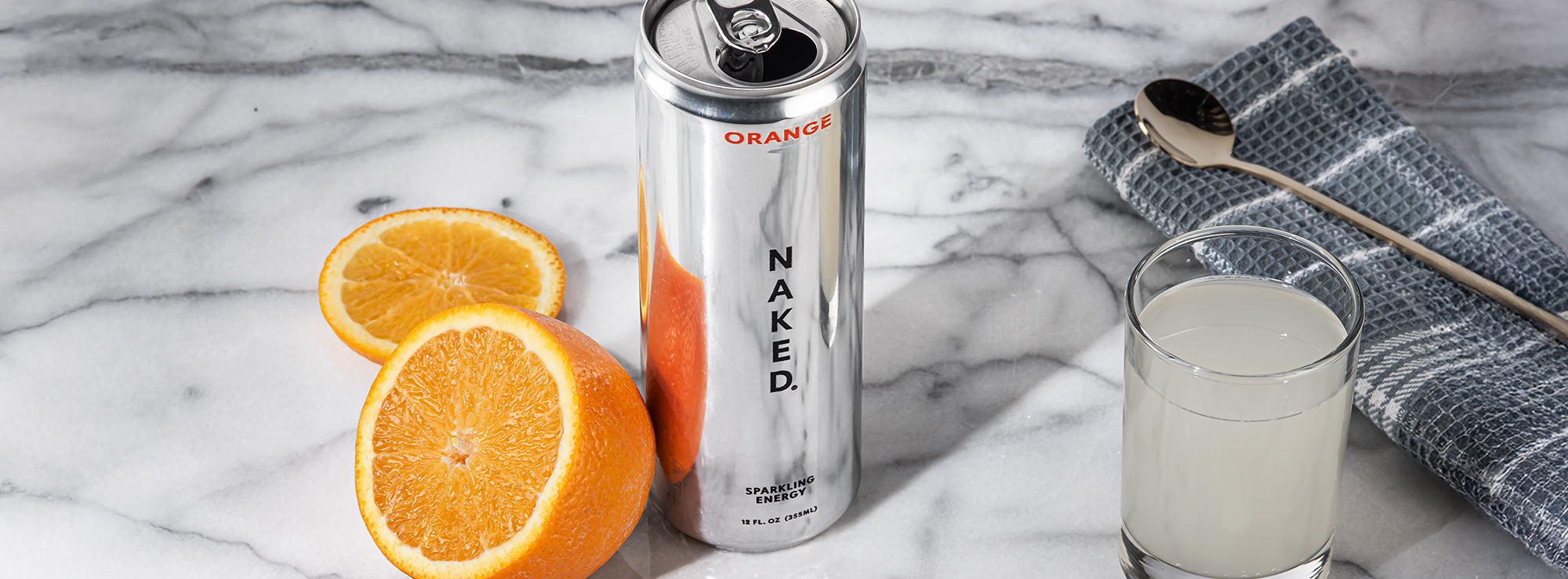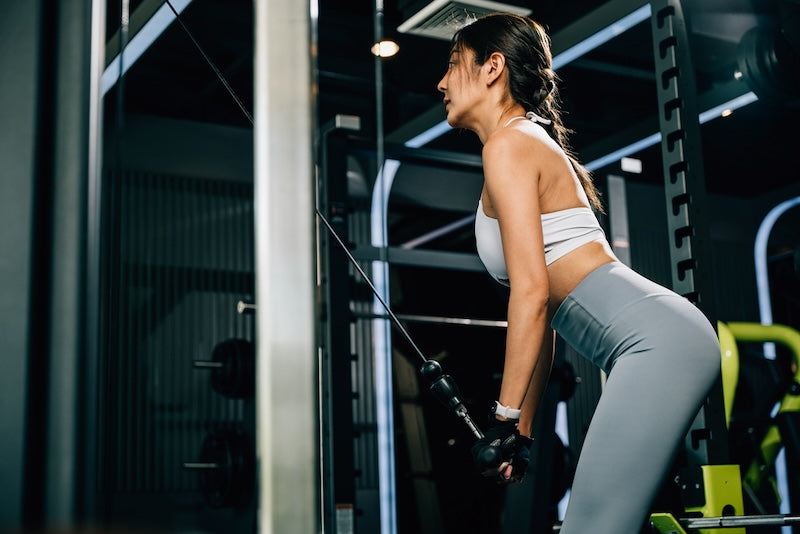
Iron deficiency is among the most common nutrient deficiencies around the world. Iron deficiency can cause symptoms including fatigue, weakness, and impaired cognitive function.
Women are at a higher risk of iron deficiency due to menstruation and pregnancy which lead to increased nutritional needs. Iron supplementation is an effective way to ensure healthy iron levels, but doing so in a safe way is crucial.
This article will explore iron supplementation guidelines for women to ensure you supplement in a safe and effective way.
Understanding Iron Deficiency in Women

Iron deficiency occurs in women for a variety of reasons.
With insufficient amounts of iron there becomes a lack of hemoglobin, the protein in red blood cells that carries oxygen throughout the body. Without adequate oxygen delivery, people experience unpleasant symptoms.
What Can Cause Iron Deficiency?
In women there are many factors or conditions that can contribute to the development of iron deficiency.
Menstruation can lead to iron deficiency, particularly those with heavier periods, as blood loss can cause iron levels to drop.
Women who are pregnant or breastfeeding are more prone to iron deficiency if they don’t get enough from diet or supplements. The body has increased iron requirements to support fetal development and breastfeeding and deficiency can occur if there is inadequate intake of the nutrient.
Some women are prone to iron deficiency simply by not consuming enough iron-rich foods.
Women who are vegetarian or vegan may have an increased risk of iron deficiency since it can be harder to get enough iron from plant based foods without careful planning.
Lastly, there are some medical conditions that can impair iron absorption, leading to deficiency. For example, those with celiac disease, inflammatory bowel disease, or any history of surgeries that impact the digestive tract may interfere with iron absorption, increasing risk for deficiency.
Common Symptoms of Iron Deficiency in Women

Iron plays a key role in producing hemoglobin to supply oxygen to the body.
Iron deficiency can lead to significant fatigue, impaired performance, and a weak immune system. Iron deficiency can be dangerous particularly for pregnant or breastfeeding women.
Even if a woman is not pregnant or breastfeeding, a lack of iron can cause serious impairments in overall well-being.
It’s important to look out for some of these common symptoms, so any potential iron deficiency can be quickly addressed.
Feeling tired and weak even after getting enough sleep can be a common symptom of iron deficiency in women. While there are many reasons someone could feel fatigue, it’s important to rule out iron deficiency if you find yourself constantly tired (1).
Some women notice feeling dizzy, lightheaded, experience shortness of breath or frequent headaches as a result of not getting enough oxygen to the brain.
Brittle nails, dull hair, and even hair loss can occur with iron deficiency, which is a sign that cells are not functioning optimally.
Iron Supplementation Guidelines for Women

It’s important that women follow the recommendations for iron supplementation to avoid negative side effects.
In general, premenopausal women require about 18mg of iron daily. During pregnancy, iron needs increase to 27 mg daily (2).
After women reach menopause, they typically require much less iron, at around 8 mg per day.
If someone is deficient in iron, the supplemental iron dose will be much higher to help correct the deficiency. For women diagnosed with iron deficiency anemia, it’s recommended to take anywhere from 60-120 mg daily, depending on the individual.
What Time Should Women Take Iron Supplements?
Timing for supplementation is key to its effectiveness. It’s best to take iron on an empty stomach. Some people may experience stomach upset in which case the iron can be taken with a small amount of food.
Iron can interfere with other nutrients, impacting the way it’s absorbed and utilized in the body. Avoid taking iron with calcium, dairy, coffee, or tea as these can impair iron absorption.
It’s best to check with a healthcare provider before starting to ensure that you’re taking the appropriate amount for your body.
Choosing the Best Iron Supplement
There are various iron supplements on the market, so it can be challenging to know which one is best since each form has different absorption rates and side effects.
Ferrous sulfate is one of the most commonly taken supplemental forms of iron. It’s quite effective but it can cause constipation in some.
Ferrous gluconate contains less elemental iron than ferrous sulfate, but it’s generally more gentle on the stomach.
But what if you want the best of both worlds – a highly effective iron supplement that also is gentle on the stomach? Luckily, this is where another form of iron comes in: ferrous glycinate.
Ferrous bisglycinate is a type of iron supplement in which the iron is bound to the amino acid glycine. This combination is more bioavailable, meaning it’s very readily absorbed and utilized by the body, with little to no side effects (3).
For a high quality iron supplement try Naked Iron which provides 65 mg of ferrous glycinate.
Absorption Considerations

The body can better absorb iron with vitamin C rich foods which is why people should consider taking vitamin C rich foods near the time of their iron supplement.
For example, have a glass of orange juice or have vitamin C-rich foods such as citrus, bell peppers, strawberries, or spinach to enhance iron absorption.
There are certain compounds in food that can interfere with iron absorption. Avoid taking calcium supplements or drinking coffee or tea for at least two hours before or after taking iron supplements.
How to Safely Take Iron Supplements
Iron supplementation can cause side effects such as constipation, nausea, or stomach upset in some people.
To reduce the chances of having unpleasant side effects, start slow with your iron dose and slowly increase to your recommended dose.
It’s also important to stay very well hydrated to help reduce the chances of constipation.
Managing Iron Deficiency Through Diet and Lifestyle

There are also ways to naturally increase iron levels through diet.
Many foods are high in iron and can naturally increase iron levels. Food iron comes in two forms: heme iron and nonheme iron. Heme iron is found in animal products like red meat, poultry, and fish, and is more easily absorbed by the body (4).
Non-heme iron is found in plant foods such as beans, lentils, leafy greens, and fortified cereals. While these non-heme sources are less readily absorbed by the body, pairing these foods with vitamin C-rich foods can optimize absorption (4).
It’s key to take into consideration a few lifestyle adjustments as well. For one, optimize meal timing by ensuring intake of iron-rich meals separate from calcium-rich foods to avoid absorption interference.
Ensuring routine blood work is another way to monitor iron levels and allow quick correction of any deficiencies. Women who are at higher risk for iron deficiency, like athletes, vegetarians, or pregnant women, should take extra precaution to monitor iron levels.
Key Takeaways
Iron supplementation is a great way to manage iron deficiency in women. To ensure safe and effective supplementation, it’s important to understand the causes of iron deficiency, its symptoms, and the different forms of iron supplements.
Understanding the best dietary strategies and lifestyle changes to optimize absorption is key to maintaining healthy iron levels.
To get a proper diagnosis and personalized supplementation guidance, check with a healthcare provider to understand if iron supplements are right for you.
If you do have iron deficiency, following these iron supplementation guidelines can be a helpful way to safely manage your iron deficiency and help you feel your best.
